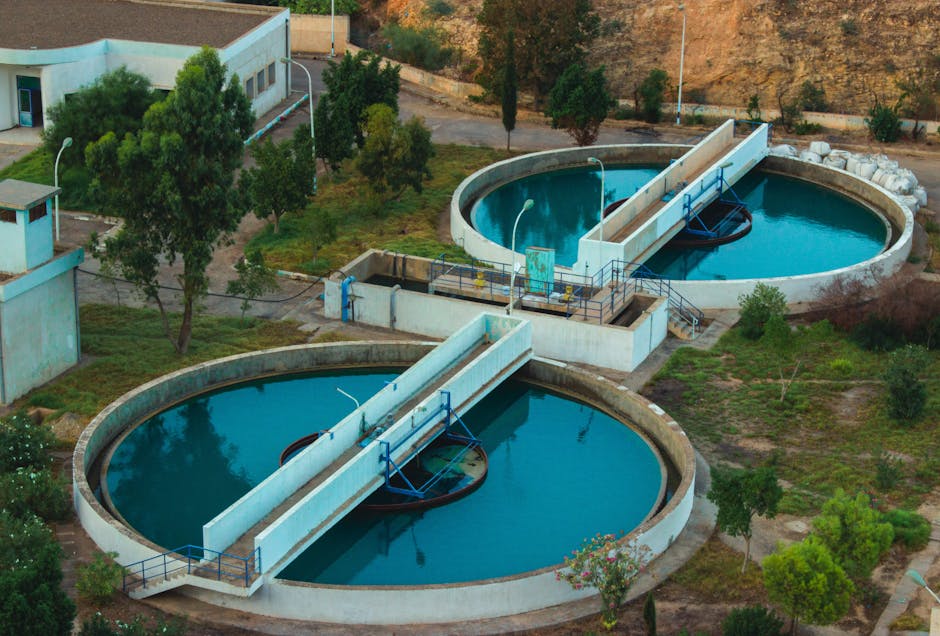The Role of Catalysts in Speeding Up Reactions
The Fundamental Principle: How Catalysts Work A catalyst operates by providing an alternative reaction pathway with a lower activation energy compared to the uncatalyzed reaction. Activation energy (Ea) is the minimum energy barrier that reactant molecules must overcome to be transformed into products. This energy is required to break existing chemical bonds, allowing new ones …








